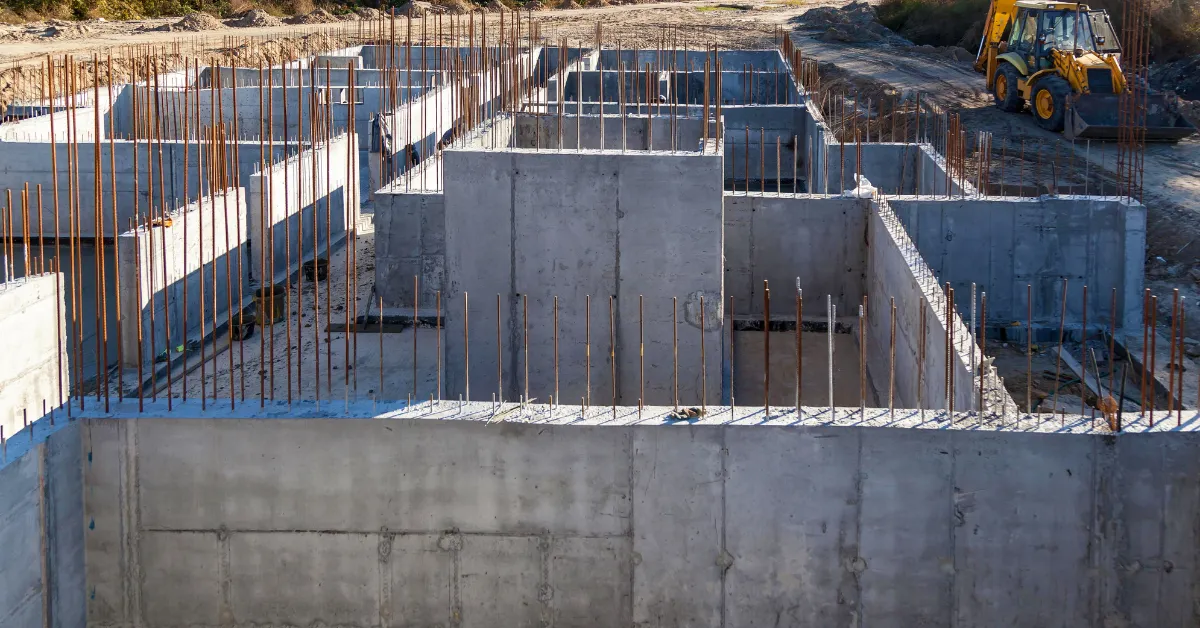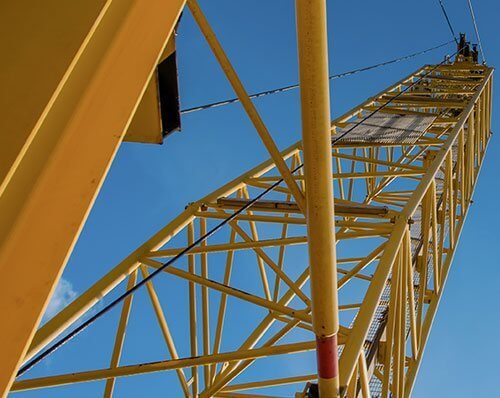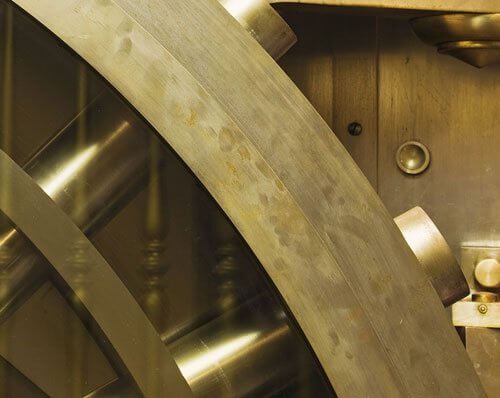The Benefits of High Strength Structural Steel
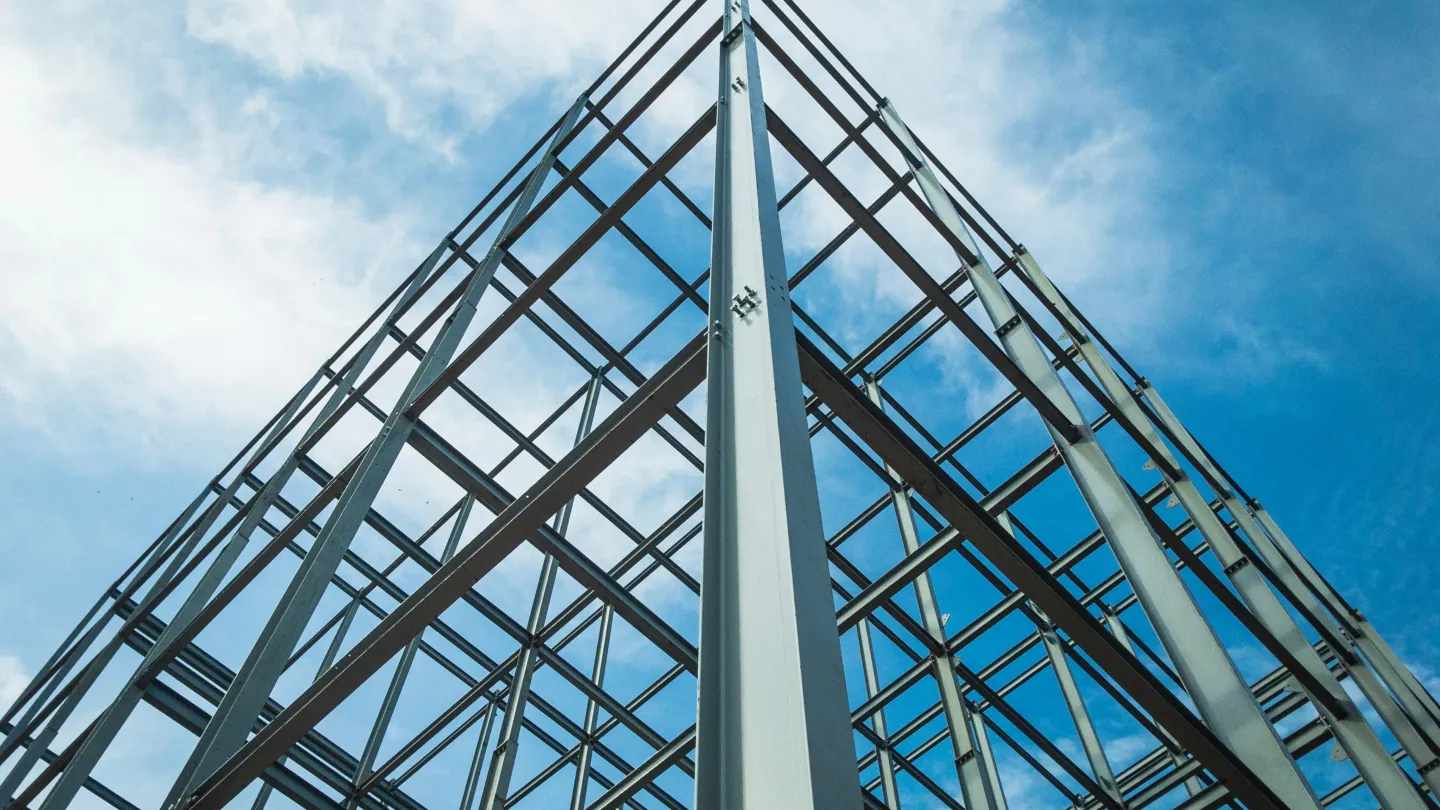
In the world of construction and architecture, the use of high strength structural steel has become increasingly popular. This remarkable material offers a range of benefits that are revolutionising the way in which we build. In this article, we will explore the advantages and implications of using high strength structural steel, including its composition, manufacturing process, and its role in modern architecture. We will also delve into its economic implications and future trends.
Table of contents
1. Understanding high strength structural steel
Before diving into the benefits, it’s important to understand what high strength structural steel actually is. Engineers have designed this exceptional material as a type of steel with higher strength and durability compared to conventional steel. It is created by alloying iron with other elements like carbon, manganese, and other trace elements to increase its strength and toughness.
The composition:
The composition of high strength structural steel varies depending on its specific properties and requirements. Typically, it contains a higher percentage of carbon and manganese compared to regular steel. This increased amount of carbon gives the steel its strength, while the manganese enhances its toughness, making it resistant to extreme conditions and wear.
The manufacturing process:
The manufacturing process of high strength structural steel involves several stages. It starts with the melting of iron and other alloying elements in a blast furnace. The molten metal is then converted into a solid form by casting or hot rolling. The steel is then subjected to further heat treatment processes, such as quenching and tempering, to enhance its strength, hardness, and resistance to deformation.
2. The advantages of using high strength structural steel
Now that we have an understanding of what high strength structural steel is, let’s explore its advantages in detail.
Enhancing construction efficiency
One of the key benefits of using high strength structural steel is its ability to enhance construction efficiency. Its higher strength allows for the use of lighter and smaller sections, reducing the overall weight of a structure. This means that less material is required, resulting in cost savings and faster construction times. Moreover, this type of steel can be easily prefabricated and transported to the construction site, making the building process more streamlined and efficient.
Increasing structural integrity and safety
Structural integrity and safety are paramount in any construction project. High-strength structural steel provides exceptional strength-to-weight ratio, making it ideal for constructing buildings and structures that can withstand high loads and severe weather conditions. Its superior resistance to earthquakes, hurricanes, and other natural disasters ensures the safety and durability of the structures, protecting both occupants and investments.
Environmental benefits:
In addition to its technical advantages, high strength structural steel also has significant environmental benefits. Its higher strength allows for the creation of lighter structures, which reduces the environmental impact associated with transportation and construction. The use of steel in construction also promotes sustainability as it is a highly recyclable material. Recycling steel reduces energy consumption and promotes the conservation of natural resources, making this type of steel a greener choice for the planet.
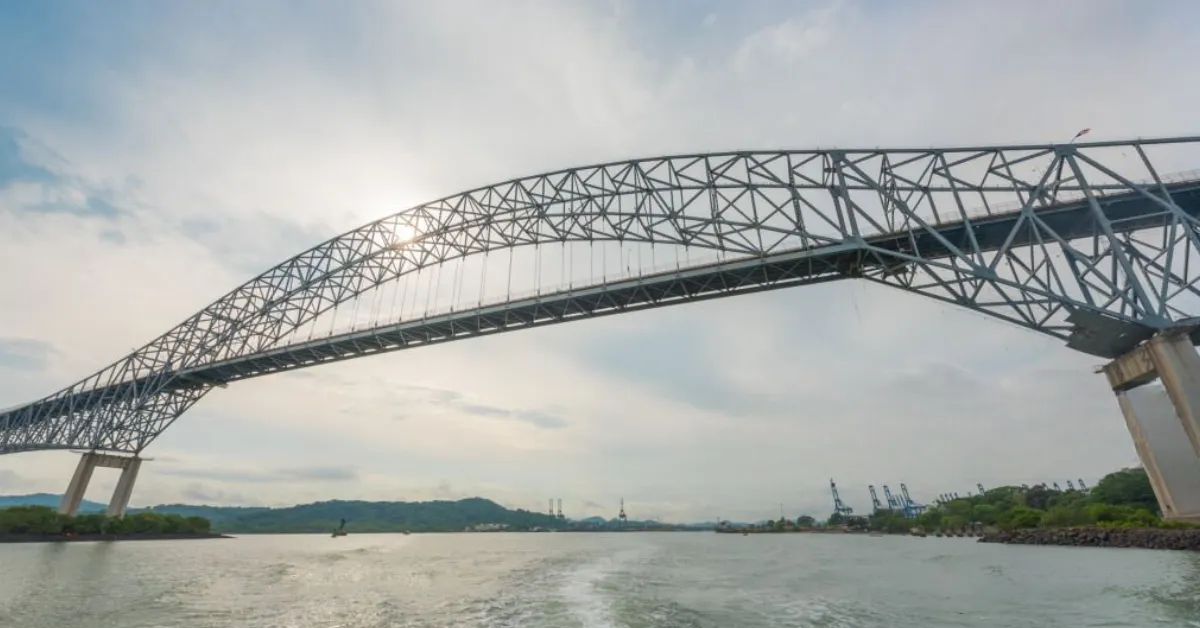
3. The role of high strength structural steel in modern architecture
It has played a crucial role in the development of modern architecture, enabling the construction of innovative and iconic structures.
High strength structural steel in skyscrapers
Skyscrapers are a testament to human engineering and architectural ingenuity. High strength structural steel has been the backbone of many tall buildings, providing the necessary strength and stiffness to withstand the forces exerted by wind and earthquakes. The exceptional load-bearing capabilities of this material have enabled the construction of skyscrapers that seem to defy gravity, reaching breathtaking heights.
The use of high strength structural steel in bridges
When it comes to constructing bridges, this type of steel offers unparalleled advantages. Its excellent strength and durability make it an ideal material for supporting heavy loads and withstanding corrosive environments. Bridges made from high strength structural steel can span long distances with minimal support, resulting in cost-effective and visually striking structures.
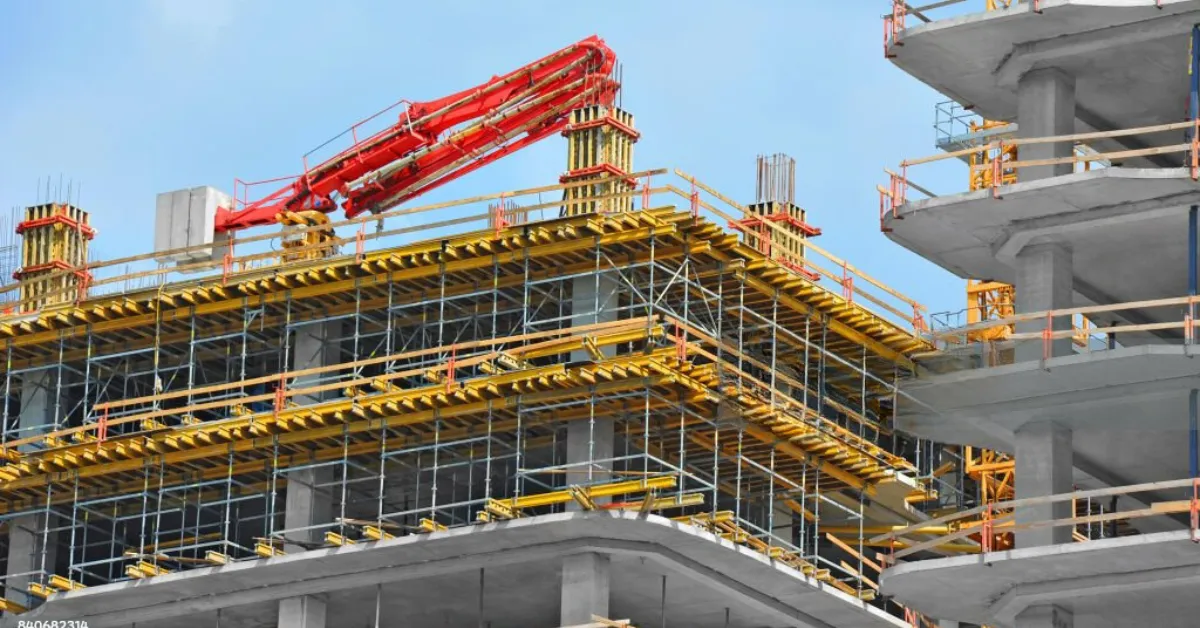
4. The economic implications of using high strength structural steel
Aside from its technical advantages, the use of high strength structural steel also has significant economic implications.
Cost-effectiveness:
While the initial cost of high strength structural steel may be higher compared to conventional steel, the long-term cost benefits outweigh this investment. The lighter weight of it reduces the structural load, resulting in smaller foundation requirements and cost savings in the overall construction process. Additionally, the inherent recyclability of steel ensures its value is retained even after the end of a structure’s life cycle.
The impact on project timelines and labour costs
High strength structural steel also has a positive impact on project timelines and labour costs. Its prefabrication-friendly nature allows for faster construction times and streamlined processes. The ease of assembling and connecting prefabricated steel components reduces the need for on-site welding and other labour-intensive tasks, saving both time and costs. This efficiency can be especially beneficial in large-scale projects where time is of the essence.
What other material do you know that can stand the test of time, be cost-effective and lightweight?

5. Future trends in the use of high strength structural steel
As technology and engineering continue to advance, so does the potential for innovations in high strength structural steel.
Innovations in high strength structural steel
Researchers and developers are currently focusing their efforts on further enhancing the properties of high-strength structural steel. This involves exploring new alloying elements, refining manufacturing processes, and experimenting with advanced techniques such as additive manufacturing. These innovations aim to push the boundaries of what it can achieve, opening up new possibilities for the future of construction.
The role of high strength structural steel in sustainable construction
Sustainability is a pressing concern in the construction industry. High-strength structural steel has a vital role to play in sustainable construction practices. As previously mentioned, the recyclability of steel reduces waste and promotes the efficient use of resources. Moreover, it can contribute to the development of energy-efficient structures, thanks to its potential for lightweight design and integration with sustainable building systems.
Conclusion
In conclusion, the benefits of high strength structural steel are undeniable. Its superior strength, durability, and efficiency have made it an indispensable material in modern construction and architecture. The economic advantages, environmental benefits, and future trends further solidify its importance in the industry. As we continue to seek sustainable and innovative solutions, high strength structural steel will undoubtedly remain a key player in the ever-evolving world of construction.
AJ Marshall is one of the UK’s main suppliers of manganese steel plates. If you are in need of high strength steel, contact our team Contact AJ Marshall for a free quote.
Return